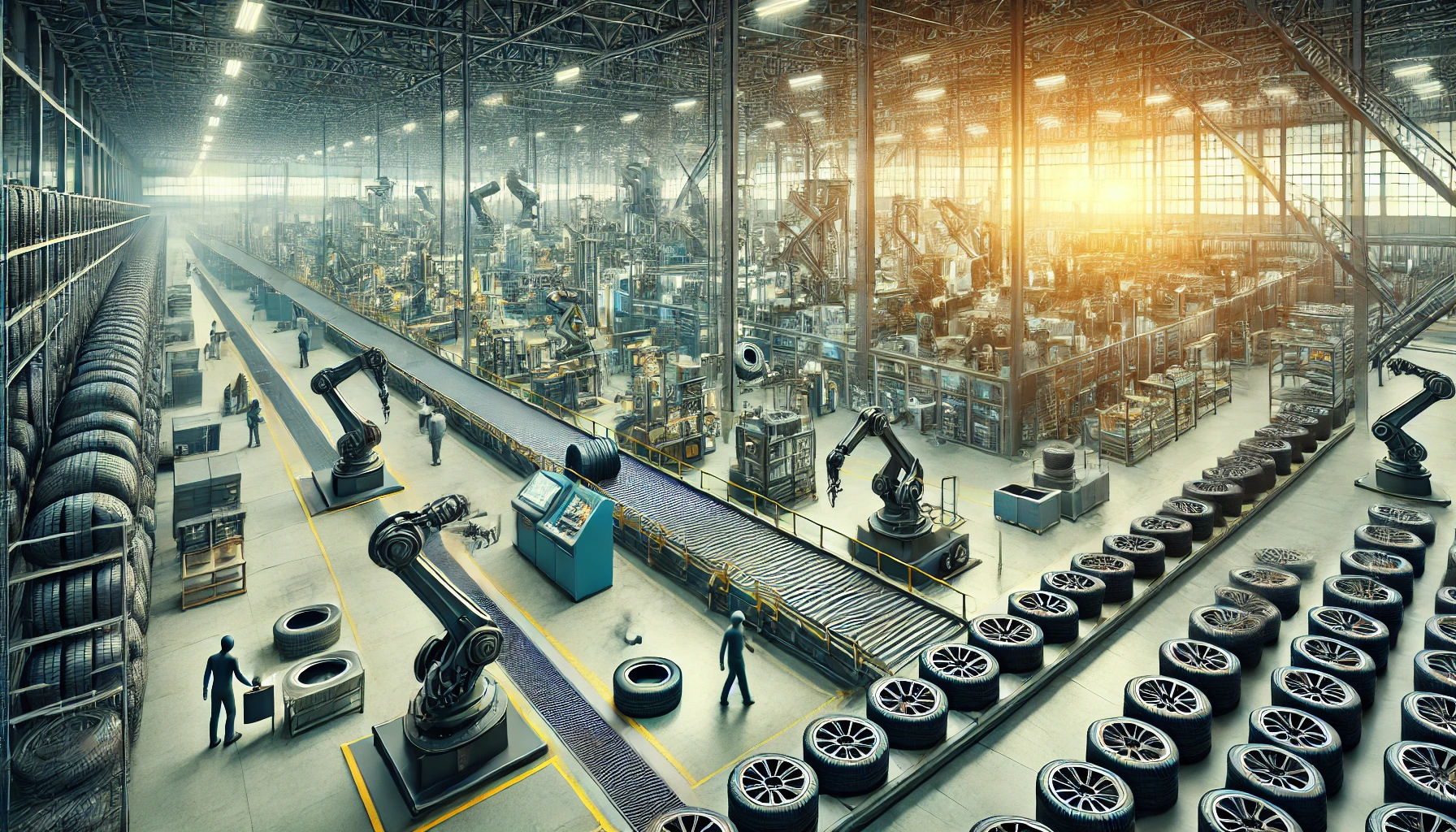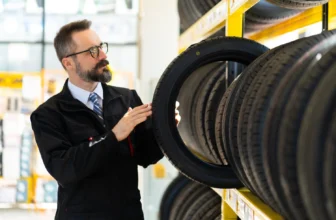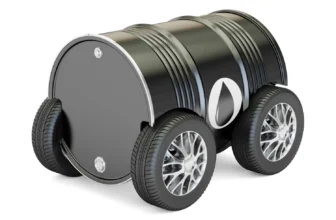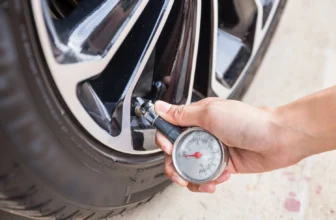
Tyre manufacturing is a complex and intricate process that transforms raw materials into a durable and high-performance product essential for vehicles. In Pakistan, where roads range from smooth highways to rugged rural paths, the importance of high-quality tyres cannot be overstated. This guide provides a detailed look at how tyres are made, the latest innovations, and how to choose the right tyres for your needs.
The Evolution of Tyre Manufacturing
Over the years, tyre manufacturing has advanced significantly, incorporating new materials and cutting-edge technologies. Modern tyres are designed not only for durability and safety but also to improve fuel efficiency and reduce environmental impact. As the automotive industry moves towards electric and autonomous vehicles, tyre manufacturers are continuously innovating to meet changing demands.
Essential Raw Materials in Tyre Production
Natural Rubber
Natural rubber is sourced from rubber trees and provides excellent elasticity and resilience. It plays a crucial role in tyre performance, offering superior grip and shock absorption, making driving safer and more comfortable.
Synthetic Rubber
Synthetic rubber, derived from petroleum, enhances specific properties like heat resistance, durability, and flexibility. It is commonly used in different parts of a tyre, including the inner liner, to improve air retention.
Reinforcement Fillers: Carbon Black and Silica
- Carbon Black: Enhances durability, heat dissipation, and wear resistance.
- Silica: Improves wet traction, reduces rolling resistance, and enhances fuel efficiency.
Steel and Textile Reinforcements
Steel belts provide structural strength, while textile materials such as polyester and nylon offer flexibility, improving overall tyre stability.
The Tyre Manufacturing Process
1. Compounding and Mixing
Raw materials are blended to create various rubber compounds, each tailored to specific parts of the tyre. This stage ensures the right balance between elasticity, strength, and durability.
2. Component Preparation
Different components of a tyre are manufactured separately:
- Treads: Designed for grip and wear resistance.
- Sidewalls: Provide protection and flexibility.
- Inner Liners: Maintain air pressure.
- Beads: Ensure a secure fit to the wheel.
- Belts and Plies: Offer reinforcement and stability.
3. Tyre Building
All components are assembled on a tyre-building machine. The result is a “green tyre” that has not yet undergone curing.
4. Curing and Vulcanization
The green tyre is placed in a curing press, where heat and pressure mold the tread pattern and strengthen the rubber through vulcanization, ensuring durability.
5. Inspection and Quality Control
Every tyre undergoes strict testing to ensure compliance with safety and performance standards. Inspections include:
- Visual checks for defects.
- X-ray scans to detect internal issues.
- Uniformity tests for balance and roundness.
- Performance tests under simulated real-world conditions.
Innovations in Tyre Technology
Smart Tyres
Smart tyres come equipped with sensors that monitor air pressure, temperature, and tread wear. They help drivers make informed decisions about maintenance and road safety.
Run-Flat Tyres
Run-flat tyres allow continued driving even after a puncture, eliminating the need for immediate roadside replacement.
Airless Tyres
Michelin’s Tweel is an example of an airless tyre that uses a flexible spoke design instead of pressurized air, reducing the risk of flats and blowouts.
Eco-Friendly Tyres
Modern manufacturers are introducing sustainable materials to reduce environmental impact. Low rolling resistance tyres improve fuel efficiency and reduce CO₂ emissions.
Tyre Selection Guide for Pakistani Roads
Urban Roads
For city driving in Lahore, Karachi, or Islamabad, choose tyres with good wet traction, fuel efficiency, and durability.
Highways
For highway travel, low rolling resistance tyres improve mileage and provide a comfortable ride at high speeds.
Rural and Off-Road Driving
For rough terrains, all-terrain or mud-terrain tyres with reinforced sidewalls and deep tread patterns are best suited.
Maintenance Tips for Prolonged Tyre Life
Regular Inspections
Check for wear, punctures, and bulges to prevent sudden failures.
Correct Air Pressure
Maintaining the right air pressure ensures better fuel efficiency and handling. Many modern vehicles have built-in Tire-Pressure Monitoring Systems (TPMS).
Wheel Alignment and Balancing
Regular alignment and balancing prevent uneven wear, improving safety and performance.
Rotating Tyres
Rotating tyres every 10,000 km promotes even wear and extends their lifespan.
Avoiding Overloading
Exceeding a tyre’s load capacity puts stress on the structure, increasing the risk of blowouts.
Conclusion
Understanding tyre manufacturing and maintenance is essential for safe and efficient driving. Whether you’re navigating the busy streets of Karachi or the rugged landscapes of northern Pakistan, selecting the right tyres can significantly impact your vehicle’s performance, fuel efficiency, and safety. By staying informed about the latest tyre technologies and practicing proper maintenance, you can enhance both your driving experience and the lifespan of your tyres.






